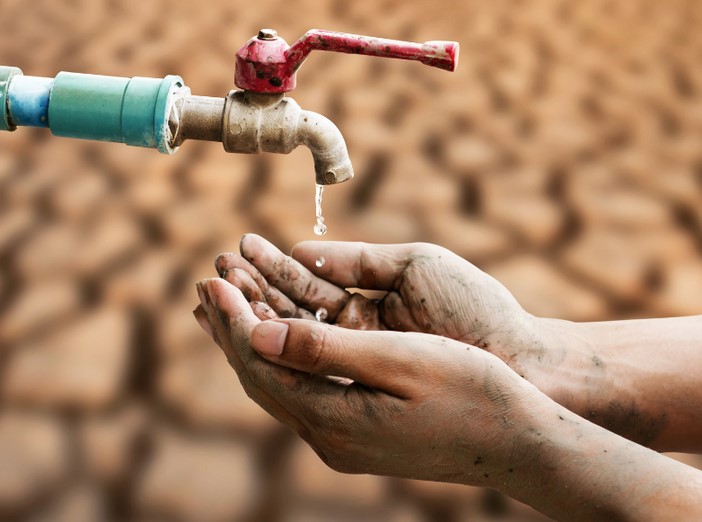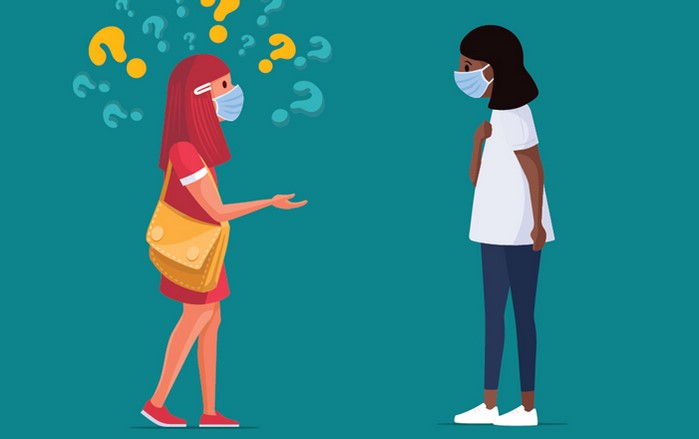
Clean water is essential for human health and well-being, yet millions of people around the world still lack access to safe drinking water. The global population is increasingly urbanized, but the challenge of providing clean water access persists, particularly in developing regions. Without safe water, individuals are at risk of waterborne diseases, dehydration, and various other health problems. As we move towards a more sustainable and equitable future, ensuring clean water access is vital for public health, economic development, and social equity. In this article, we’ll explore how clean water access can be ensured, the challenges in achieving it, and the steps that can be taken at local, national, and global levels to secure safe drinking water for everyone.
1. The Importance of Clean Water Access
Access to clean water is a fundamental human right. It affects every aspect of life, including health, education, sanitation, and economic productivity. Safe drinking water is critical for preventing diseases, such as cholera, dysentery, and typhoid, which can spread rapidly in areas where water contamination is prevalent.
1.1. Health Benefits of Clean Water
When people have access to clean water, the risk of waterborne diseases drastically decreases. Contaminated water often carries bacteria, parasites, and viruses that can cause severe illness and even death, especially among children. Clean water access not only improves hygiene and sanitation but also reduces the prevalence of malnutrition and dehydration, both of which are exacerbated by unsafe drinking water sources.
By ensuring that every community has access to clean water, societies can significantly reduce public health costs and increase overall life expectancy. The long-term health benefits of clean water access include:
- Reduced Mortality Rates: Access to safe drinking water decreases the number of deaths caused by waterborne diseases.
- Improved Hygiene and Sanitation: Clean water leads to better hygiene practices, reducing the spread of infections.
- Better Child Health: Clean water reduces the risk of dehydration, malnutrition, and stunting in children.
1.2. Economic Impact of Clean Water Access
Beyond health benefits, clean water access has significant economic implications. In areas where water is scarce or unsafe, communities spend hours collecting water, limiting time spent on work, education, or other productive activities. This burden disproportionately impacts women and children, who often bear the responsibility for fetching water.
Access to clean water leads to increased productivity, allowing people to focus on work or education instead of spending time searching for water. Furthermore, clean water access can enhance agricultural output, as farmers rely on clean water for irrigation and livestock care. In the long run, ensuring water access can contribute to economic development, poverty reduction, and improved quality of life.
2. Challenges to Achieving Clean Water Access
Despite the importance of clean water, several obstacles prevent many regions from achieving full water access. The challenges are both logistical and socio-political, often requiring a multifaceted approach to resolve. These challenges include:
2.1. Infrastructure Limitations
Many regions, particularly in rural and remote areas, lack the infrastructure necessary to deliver clean water to households. Even when water sources are available, they may not be equipped with the proper treatment facilities to ensure the water is safe to drink. In such areas, waterborne diseases can spread rapidly due to the absence of adequate sanitation and filtration systems.
Building and maintaining infrastructure, such as pipelines, treatment plants, and storage tanks, requires significant investment, planning, and long-term maintenance. In many developing countries, governments and communities face challenges in securing the funding needed to develop this infrastructure.
2.2. Pollution and Contamination of Water Sources
Water sources such as rivers, lakes, and aquifers are increasingly contaminated by industrial waste, agricultural runoff, and improper waste disposal. In many cases, untreated sewage is dumped directly into water sources, leading to widespread contamination. Even in urban areas, aging pipes and infrastructure can leach chemicals or bacteria into the water supply, making it unsafe to drink.
Contamination can make it difficult for local authorities to ensure clean water access. Addressing pollution requires comprehensive environmental regulations, waste management systems, and public awareness campaigns about the importance of keeping water sources clean.
2.3. Climate Change and Water Scarcity
Climate change is exacerbating water scarcity in many parts of the world. Increased droughts, unpredictable rainfall patterns, and the melting of glaciers are reducing the availability of freshwater resources in certain regions. As the global population grows, demand for water is also increasing, putting pressure on already scarce resources.
Climate change also increases the risk of flooding, which can contaminate clean water supplies and disrupt access to safe drinking water. Vulnerable communities, especially those in developing countries, are often the most affected by these changes, as they lack the resilience and infrastructure to adapt to these climate-induced water crises.
2.4. Political and Socioeconomic Inequities
In many regions, access to clean water is often determined by socio-economic status or political power. Marginalized communities, such as low-income households, indigenous peoples, and rural populations, may have limited access to clean water due to political neglect or a lack of investment in infrastructure. Inequities in water distribution often worsen the social divide and perpetuate cycles of poverty and poor health.
Additionally, conflicts over water resources—both between nations and within nations—can also limit access to safe drinking water. Political instability or war often disrupts the provision of clean water, leaving entire populations vulnerable to contamination and disease.
3. Solutions for Ensuring Clean Water Access
Given the pressing need for clean water, multiple solutions are being implemented at various levels to increase water accessibility and ensure safe drinking water for everyone. These solutions range from improving infrastructure to promoting community-based water management and policy reforms.
3.1. Investment in Water Infrastructure
The development and maintenance of reliable water infrastructure are central to ensuring clean water access. Governments and international organizations must invest in building water systems that can effectively deliver clean water to communities. This includes expanding pipelines, upgrading water treatment facilities, and ensuring that water storage systems are robust and safe. Investing in infrastructure not only ensures access to clean water but also improves hygiene and sanitation across communities.
3.2. Community-Based Water Solutions
In areas where centralized infrastructure is difficult to implement, community-based water management solutions can be highly effective. These systems involve local communities in the management and maintenance of water resources, ensuring that water is accessed and distributed equitably. By empowering communities to take charge of their water resources, local populations can ensure sustainable water use and reduce contamination risks.
For example, rainwater harvesting is a simple yet effective method for collecting and storing clean water in areas with limited water sources. In addition, small-scale water filtration systems can be introduced to rural areas, providing access to safe water without relying on large-scale infrastructure.
3.3. Education and Awareness Campaigns
Education plays a critical role in ensuring clean water access. Public awareness campaigns about the importance of water conservation, hygiene, and proper sanitation can prevent contamination and improve public health. Teaching individuals how to properly store and filter water at home, as well as promoting safe waste disposal practices, can reduce the spread of waterborne diseases.
Moreover, schools and community centers can be used as platforms for educating the next generation about the importance of clean water, sustainability, and responsible water usage.
3.4. International Cooperation and Policy Reform
Ensuring global clean water access requires cooperation between governments, non-governmental organizations, and international agencies. Countries must work together to address water scarcity and contamination, particularly in transboundary water systems. Collaborative efforts such as water-sharing agreements and joint infrastructure projects can benefit communities on both sides of a border.
Policy reforms that prioritize water rights and equitable distribution can also help address socio-economic inequalities in water access. Governments should implement policies that guarantee safe drinking water as a basic human right and ensure that marginalized communities are not excluded from access to clean water.
Ensuring clean water access for all remains one of the most significant challenges of our time. The importance of clean water cannot be overstated, as it affects public health, economic stability, and overall well-being. By addressing the challenges related to infrastructure, pollution, climate change, and social inequities, we can take significant steps toward achieving universal access to safe drinking water. Governments, organizations, and individuals must continue to collaborate, innovate, and invest in sustainable solutions to ensure that everyone, regardless of their location or socio-economic status, has access to clean and safe drinking water. The future of public health and environmental sustainability depends on it.
